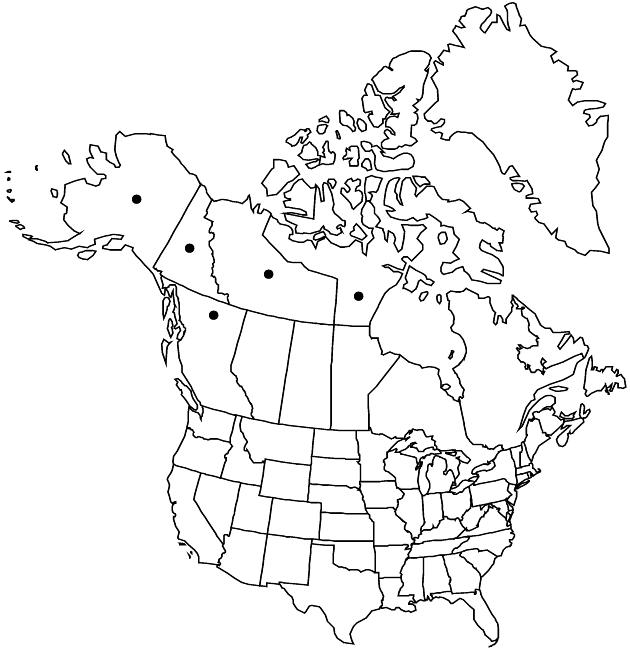Difference between revisions of "Tephroseris frigida"
Folia Geobot. Phytotax. 8: 173. 1973.
FNA>Volume Importer |
FNA>Volume Importer |
||
| Line 14: | Line 14: | ||
|name=Senecio atropurpureus subsp. frigidus | |name=Senecio atropurpureus subsp. frigidus | ||
|authority=(Richardson) Hultén | |authority=(Richardson) Hultén | ||
| − | }}{{Treatment/ID/Synonym | + | }} {{Treatment/ID/Synonym |
|name=Senecio atropurpureus var. ulmeri | |name=Senecio atropurpureus var. ulmeri | ||
|authority=(Steffen) A. E. Porsild | |authority=(Steffen) A. E. Porsild | ||
| − | }}{{Treatment/ID/Synonym | + | }} {{Treatment/ID/Synonym |
|name=Senecio frigidus | |name=Senecio frigidus | ||
|authority=(Ledebour) Holub | |authority=(Ledebour) Holub | ||
| − | }}{{Treatment/ID/Synonym | + | }} {{Treatment/ID/Synonym |
|name=Tephroseris atropurpurea subsp. frigida | |name=Tephroseris atropurpurea subsp. frigida | ||
|authority=(Richardson) Á. Löve & D. Löve | |authority=(Richardson) Á. Löve & D. Löve | ||
| Line 61: | Line 61: | ||
|publication year=1973 | |publication year=1973 | ||
|special status= | |special status= | ||
| − | |source xml=https://jpend@bitbucket.org/aafc-mbb/fna-data-curation.git/src/ | + | |source xml=https://jpend@bitbucket.org/aafc-mbb/fna-data-curation.git/src/8f726806613d60c220dc4493de13607dd3150896/coarse_grained_fna_xml/V19-20-21/V20_1384.xml |
|tribe=Asteraceae tribe Senecioneae | |tribe=Asteraceae tribe Senecioneae | ||
|genus=Tephroseris | |genus=Tephroseris | ||
Revision as of 15:20, 18 September 2019
Perennials, (5–)10–20(–30+) cm (proximal herbage ± arachnose, unevenly glabrate; distal stems and phyllaries ± villous, at least some hairs purplish or with purple crosswalls; rhizomes creeping). Stems loosely clustered. Leaves basal and cauline (basal leaves often withering before flowering); petioles weakly winged or unwinged, 2–4 cm; blades ovate, 1.5–3 × 1–2 cm, margins subentire or wavy-denticulate, weakly revolute (proximal similar, petioles winged, usually 1–3 cm; mid and distal leaves 2–5, sessile, bractlike). Heads 1(–2). Involucres tapering to peduncles. Phyllaries usually 13 or 21, greenish (tips greenish), 7–10 mm. Ray florets usually (8) 13 or 21; corolla laminae usually 9–15 mm, rarely 0 or to 2–3 mm. Disc florets 30–50+; corollas yellow. Cypselae glabrous; pappi white, whitish, or brownish. 2n = 48, 96.
Phenology: Flowering Jun–Aug.
Habitat: Open alpine tundra, low-shrubby associations
Elevation: 0–1000 m
Distribution

B.C., N.W.T., Nunavut, Yukon, Alaska, e Asia (Russian Far East).
Discussion
Selected References
None.